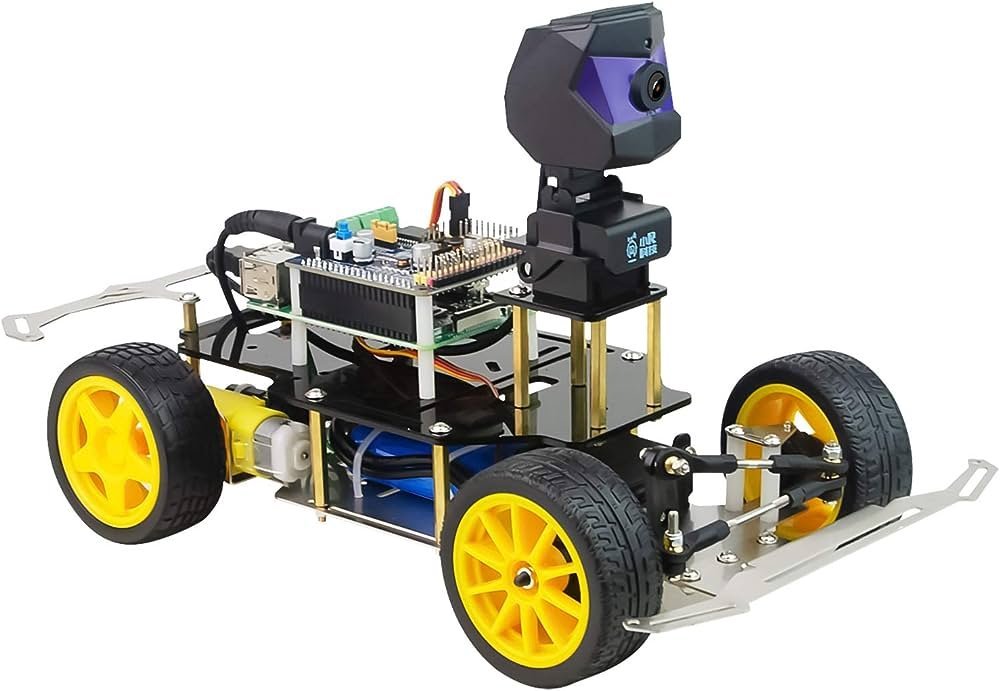Create a robotic hand to explore how tendons, joints and muscles coordinate dexterous movement. This project serves as an excellent introduction to mechanical engineering, electronics and biomechanics.
Create a marble run to gain knowledge about gravity and momentum while teaching spatial reasoning and creativity. This classic engineering challenge also builds spatial awareness.
Create a cardboard wind-powered spinner to explore how wind power drives motion and discover its incredible ability to drive vehicles. This engaging engineering activity helps children understand wind energy as well as vehicle design principles.
Simple Pulley System
Kids can engage in this fun yet engaging engineering activity using empty thread spools and string to experiment with how different pulley configurations impact how easy or difficult it is to lift objects. By designing and testing fixed and movable pulleys as well as compound pulley systems (compound pulley systems are more challenging), children will gain invaluable engineering lessons related to mechanical advantage, load distribution and energy conservation.
For this hands-on lesson, each team needs one spool per student as well as tape and spring scale. Before assigning teams, help students locate a high place to anchor a fixed pulley before attaching the spool with string to it – tie one end of that string to something small such as a bucket so when children pull on it the object moves upward while maintaining its original force requirements for lifting it.
Encourage each team to repeat this experiment using both movable and compound pulleys, then compare their results. Students will quickly discover that using a movable pulley amplifies input force, making lifting heavier objects simpler. Furthermore, students will become acquainted with friction as a factor when operating any machine, such as pulleys. Engineers seek ways to minimize resistance through machine design that reduces resistance such as friction.
Paper Aeroplanes
Students explore aerodynamics through paper airplane design. A plane’s aerodynamic shape is critical for flight, so students enjoy playing around with different designs of their wing to see how adding flaps or changing angle affect airflow. They also investigate weight vs thrust balance (the amount of force pushing down on an aircraft after it has been launched into the air).
Encourage children to think critically when making changes to their airplanes in order to better understand the forces that keep them airborne. They can create line or bar graphs of their results to practice math skills and identify patterns within the data.
As soon as your students are ready to test their planes, provide something long enough to mark out a one-foot line–this could include anything from string or rulers, masking tape, rocks or sticks–in an open space such as a school hallway or baseball field where there will be no foot and car traffic. Mark this line with rocks or sticks so they can mark it straight along an entire one foot distance – be it string, rulers, masking tape, rocks or sticks even–then have them mark out this distance accurately while making sure their paper airplane’s points and folds are as sharp as possible before trying throwing their planes out and see how far they fly – if necessary adjust them further before trying again until theirs fly further distance is reached before trying throwing their planes out again and adjust before trying again!
Rubber Band Car
In this interactive physics and engineering project, children construct simple rubber band-powered toy cars powered by stretched rubber bands to explore mechanical energy. Utilizing accessible materials to assemble frames, axles, wheels of various designs with stretched rubber bands as they experiment to see which model goes the furthest distance. This activity fosters creative problem-solving as they gain an appreciation of engineering design principles as they design multiple versions before testing each one to see which goes further than expected. This activity fosters creative problem-solving as they develop an appreciation of engineering design principles through iterative design process which helps students gain greater comprehension of engineering design process as a process while developing deeper appreciation of key engineering design process concepts.
Rubber bands store energy called elastic potential energy when wound tightly, which when released converts into kinetic energy and propels cars forward. Friction and weight of the car also influence its distance traveled.
This straightforward project introduces children to the key components of a mechanism–inputs and outputs, pivots and levers–with ease. Students can use their car as a model for understanding simple machines by comparing its parts with similar objects from daily life such as salad tongs or hair ties. They may also experiment with alternative materials for their wheels and axles in order to see how these changes impact speed; later challenging their classmates in making better rubber band cars with greater travel distance – ideal for classrooms, STEM clubs or homeschooling environments alike! This activity makes an engaging activity suitable for classrooms, STEM clubs or homeschool settings!
Rube Goldberg Machine
Rube Goldberg machines are complex machines designed to complete simple tasks through multiple steps, often starting with air pressure or gravity and ending in levers or other objects to set off an ever-increasing chain reaction until their task is finished. Well-known examples are turning on flashlights but these types of machines can be used for almost any task imaginable. Students competing in the annual Rube Goldberg Machine Contest create some highly creative contraptions!
This type of machine helps children understand the engineering process and design a machine from start to finish. They also learn how simple machines can be combined together into more complex devices – even designing one capable of crushing aluminum cans!
Systems engineers oversee all aspects of a product or project from conception to completion, so this activity helps students gain an understanding of how a system operates. Systems engineers may work in various fields like software development, transportation management or product development.
Have students brainstorm ideas for simple tasks that would make excellent Rube Goldberg machines. Ask them to raise their hand when they come up with an idea (such as rolling a marble into a cup from far away). In groups, have each engineer draw a machine on paper – including at least three simple machines and any additional materials they require from the teacher.

